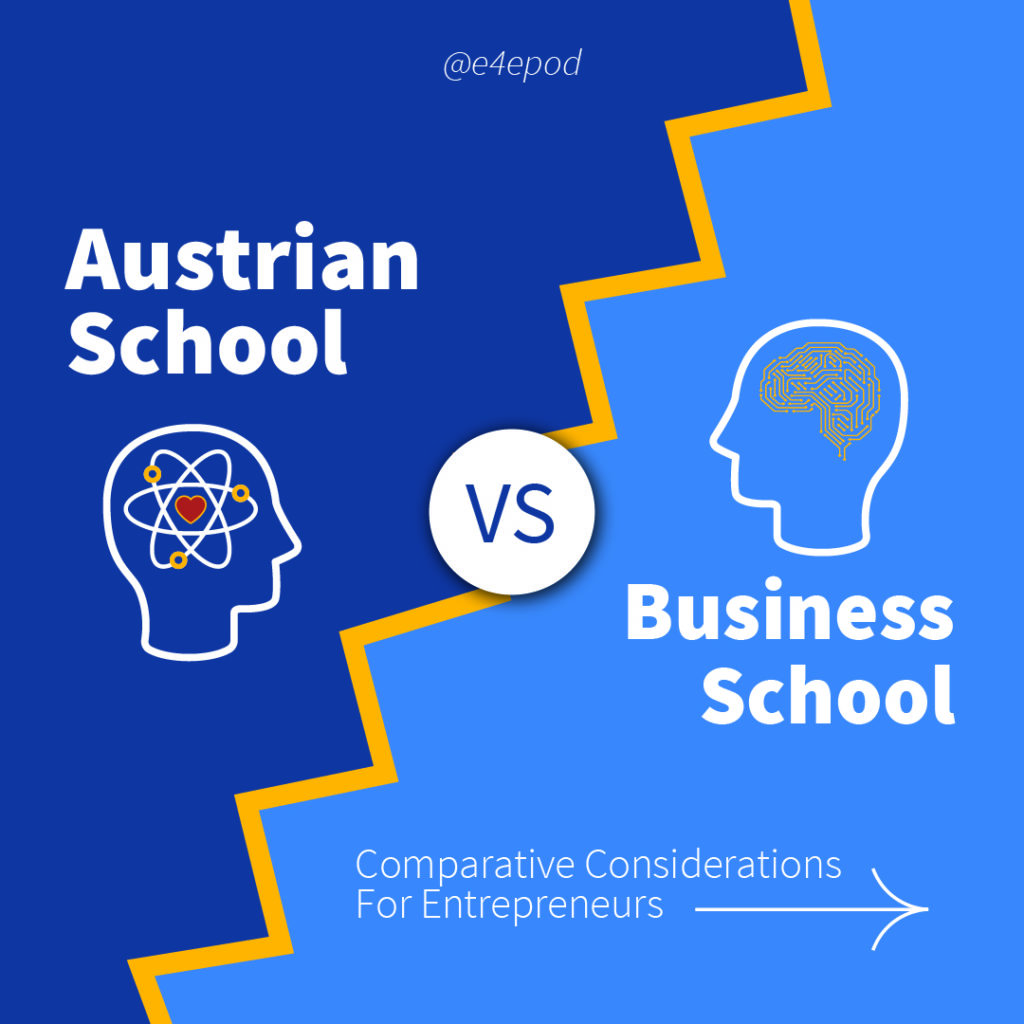Business Is Not A Set Of Practices Or Strategic Methods Or Planning Techniques. It’s A Mindset

In the current business era, there’s a lot that seems mandatory: using quantitative methods of strategy and planning, following documented IT-enabled processes, organizing fixed structures that can be captured in org charts, and complying with government-mandated rules and regulations. Even the acts of creativity that contribute to innovation are specified, documented, and captured in software. There’s a bias towards fixed cause-and-effect thinking: if a business takes action X, it will result in outcome Y. We are told that case studies will reveal this cause-and-effect linkage in hindsight, to be re-applied in future planning.
There appears to be no room for individualism, spontaneity, unpredictable interactions, or rebellion. Those concepts are insufficiently objective for today’s business executives, consultants, professors and executives. The goal in business is primarily stability: to make a plan and achieve it, to set targets and hit them, to predict quarterly earnings with accuracy, to define processes in the knowledge that they will be followed unfailingly. The goal is to turn business into a science, with hard numbers, laws, and data-driven methods.
But in excess, this objective approach does not support the primary goal of business, which is value.
The purpose of all firms is to generate value for customers and value is not objective or measurable or amenable to design or planning. Value is a feeling – a feeling of well-being or satisfaction experienced by customers. Different customers experience more value or less value than each other even when using the same product. Value occurs when the customer has used the product or service and compare the consumption experience with their going-in expectations. Value is subjective from beginning to end – from the search for potentially satisfying experiences to the realization in use to the evaluation after use.
In fact, it is not the firm’s job to create value. It’s the customer’s role to find the most effective solution to their wants and needs. They can express some doubt or uncertainty that there’s anything available to them that exactly meets their need, although they might buy something that the best available option, even though their satisfaction is incomplete. They’re always looking for the discovery of something better. This is the role of the customer – the genius role of insisting on something better, thereby stimulating innovative action among producers to respond with new value propositions. Together, the producer and the customer imagine a new future value via a new or improved service or product; the producer can help the process along with product enhancements and advertising and PR and perhaps prototypes to help the customer’s imagination along.
If the customer’s imagination is piqued, the firm must commit resources to assemble the product capacity that will put an actual, purchasable offering into the marketplace for consumption. There’s no guarantee that this will be profitable or successful. The customer has the final decision. There’s no planning, predictive modeling, sales goal targeting or quantification of any kind that can eliminate or overcome this uncertainty. The customer will choose between all the alternatives available, including to buy nothing at all. It’s all contingent, and there are infinite possibilities. Firms choose their path towards facilitating the customer’s value experience, but there are no objective certainties.
So if business is not objective, quantifiable, or plannable, how would we describe it?
The philosophical word is subjectivism. Businesses would be better equipped for marketplace success if they followed subjective methods. They’re dealing with people and their emotions and their interactions with others in a complex social system. There’s no hard science, no spreadsheets, no data set that can predict the outcomes.
That raises the question, what are the skills for business, if they’re not numeracy and hard science and mathematical economic. The answer is empathy. The skills of empathy – the ability to see inside customers’ minds and simulate a view of the world as they see it, to imagine what they are imagining, to reconstruct their mental model as opposed to imposing your own – are the most important in every business, and for every individual in every position and every function in business. Everyone must display customer empathy. What is the experience they are having? What’s imperfect about it from their point of view? What might result in a better experience for them, a potentially greater satisfaction for which they might be willing to pay. This empathy is best exercised at the level of the individual customer. If a business can get the empathic diagnosis right for one business, then they can investigate how it scales. Every customer is different, but there might be some patterns of response and interaction that spread out among a population of customers.
Empathic diagnosis can reveal customers’ intent. What ends are they aiming for? What’s the highest value they seek? How can the firm’s proposition stimulate them to believe that it might contribute to that highest value? Uncovering the customer’s intent can indicate what experiments to run to find out whether any of the propositions a firm is able to get customers to imagine a future where new value is a possibility for them. Experiment is a key word: there’s no certainty in advance. Possibility is another key word: there is a wide range of possible outcomes. But by running the experiments and responding to feedback, the number of possibilities, the range of uncertainty, can be narrowed.
Once the results of experiments are in, then the firm can start unleashing its quants to do the economic calculation. How much will the customer pay based on these experimental results? How many customers might there be? How frequently will they buy. How much advertising budget should I spend to make the value proposition more widely known. Quantification is appropriate for these questions, once the empathic diagnosis is authenticated.
Of course, the quantification can’t be accurate, and circumstances will change. It’s subjective calculation – the right method for an uncertain and subjective world.







Responses